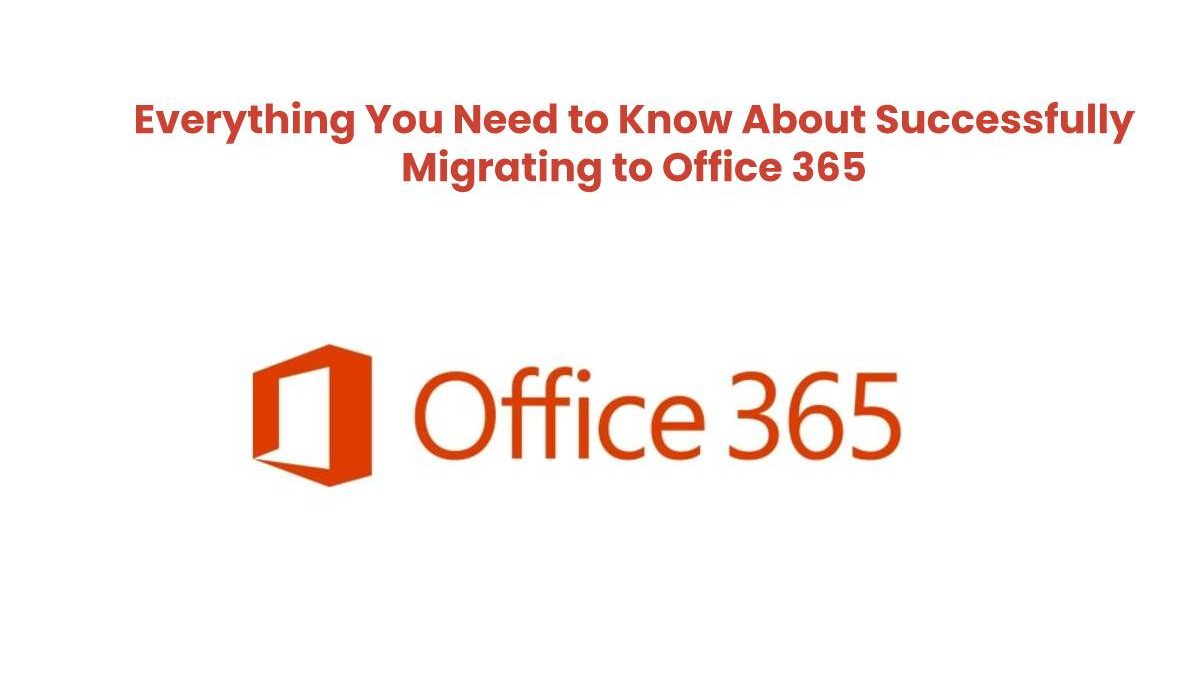Is your organization planning a migration to Microsoft Office 365? Here’s how to make this transition as successful and smooth as possible for everyone.
Table of Contents
Is your business migrating to Office 365?
If you don’t plan your migration ahead of time, it’s possible unforeseen challenges may delay the transition and make it much harder than it needs to be.
Laith Pahlawan, an IT service professional in Irvine, CA shares five transition tips that will help you and your team ease into this new platform quickly and efficiently. But before we dive in, let’s review what Microsoft Office 365 is and why it can be good for your business.
What is Microsoft Office 365?
Microsoft Office 365 includes several subscription plans based in the cloud. With this software, your business will benefit from all of the classic Microsoft products (Excel, Word, PowerPoint, etc.).
Top 3 Tips for Migrating to Office 365
#1. Select the licensing plan that’s right for your business
There isn’t just one licensing plan available when it comes to Microsoft Office 365. The plan you ultimately choose will largely depend on the size of your company, your business needs, and what you plan on doing with the software.
Your options are:
- Office 365 Enterprise E5
- Office 365 Enterprise E3
- Office 365 Business Premium
Business Premium is the baseline option and includes all major Office applications, from Word and Excel to PowerPoint and Outlook. Enterprise E3 includes everything that’s in Business Premium as well as additional features like Skype Meeting Broadcast, Finally, Enterprise E5 is Enterprise E3 plus extras for added security.
#2. Understand what’s going to be affected before you start
Also, remember that you won’t necessarily need to carry out a migration that’s absolutely complete. If you want to migrate shared files and email only, for example, that maybe all your business needs. Other companies may only need to transition to the Exchange Online system. Learn more about Exchange 2010 Migration and SharePoint on Azure Migration.
Before starting the actual transition, ensure that you know exactly the systems that will be affected so that you can isolate those and carry on as normal with everything else.
#3. Don’t go it alone. Get help from a managed services provider
While it may be tempting to avoid hiring an IT services company to assist with the transition, it’s probably not a wise idea. A managed service provider will be able to help you achieve your goals with as few problems and glitches as possible — and unfortunately, problems and glitches are likely to happen if you don’t have help.
From more predictable business continuity to improved productivity, with Office 365, your team will be able to take advantage of many top-quality benefits. Still, migrating to this software isn’t simple. Use the tips above to make the transition smoother, faster, and better for everyone.

